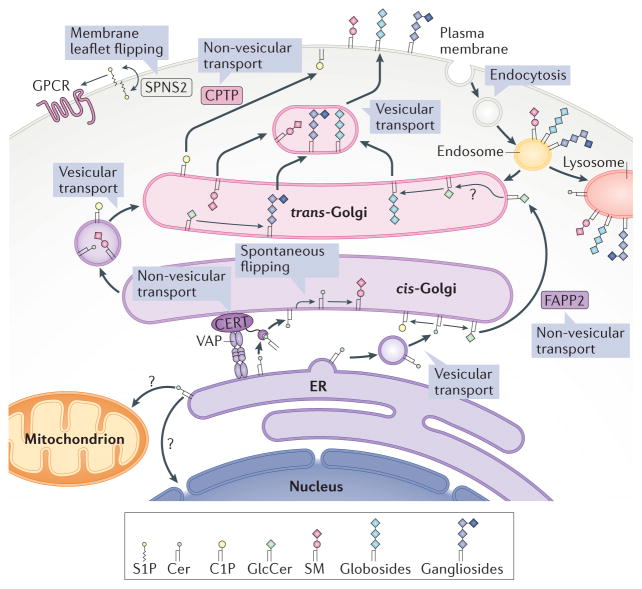Figure 2. Intracellular compartmentalization and transport of sphingolipids.
It is now becoming clear that the cellular actions of bioactive sphingolipids are ‘local’. Therefore, the site of production of these lipids is critical, and it is determined by the location of the specific enzymes involved in the regulatory pathways. For details of the compartmentalization of these processes, please refer to box 1 in REF. 1. Moreover, the metabolic and cellular functions of bioactive lipids are further controlled by specific translocases and lipid transport proteins. A strong case can now be made that ceramides (Cers) generated in the endoplasmic reticulum (ER) can reach the Golgi either by a vesicular route, where they are coupled to the synthesis of glucosylceramide, or by specific translocation via the action of ceramide transfer protein (CERT), which couples ceramides to the synthesis of sphingomyelin (SM)179. Likewise, the transfer protein phosphatidylinositol-four-phosphate adaptor protein 2 (FAPP2) can transfer glucosylceramide (GlcCer) between Golgi networks and couple it specifically to the synthesis of globosides (globo series of neutral glycosphingolipids) as opposed to the anionic ganglio series180. Ceramide-1-phosphate (C1P) is the target of the non-vesicular translocation activity of C1P transfer protein (CPTP), which is involved in transferring it from the Golgi to other compartments such as the plasma membrane35. Protein spinster homologue 2 (SPNS2) flips sphingosine-1-phosphate (S1P) across the plasma membrane to deliver it to exocytoplasmic leaflets, where it can access its receptors (a subfamily of G protein-coupled receptors (GPCRs))22. VAP, vesicle-associated membrane protein-associated protein.

